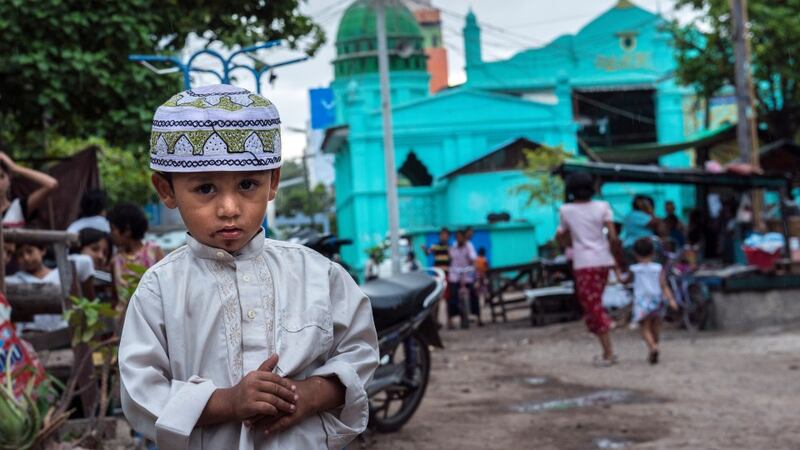Burma – officially the Republic of the Union of Myanmar – is the largest country in mainland southeast Asia, at 676,578sq km. But despite being a large country in a region of economic growth, Burma is also the poorest country in the region. About a quarter of the population is living in poverty, and, despite Burma's being an extremely resource-rich country, its economy is one of the least developed in the world. It has suffered through decades of financial mismanagement.
The poor economy has affected Burma's demographics, with extreme delays in marriage and family building. The average marriage age is 26.9, much higher than the regional average. A low fertility rate of 2.23 is just above replacement level; population growth is very low.
In 2011 Burma transitioned to a civilian government. This has marked the beginning of an economic overhaul with a reform programme that aimed to attract foreign investment and reintegrate Burma into the global economy. But the World Bank ranks Burma only 182nd out of 189 countries to do business in.
The transition to civilian government followed decades of military rule, between 1962 and the general elections in 2010. Burma is still governed by its 2008 constitution, however, it's its third since independence, which enshrines the primacy of the military.
Although the generals were accused of numerous human-rights violations, such as the forced relocation of civilians and forced labour, including child labour, Burma's human-rights record hasn't improved dramatically since the switch in government.
There have been some changes. More than 1,300 political prisoners have been released since 2011, and an action plan has been signed with the UN to protect children in armed conflict; this has led to the release of 272 child soldiers so far.
Burma spends the lowest percentage of its GDP on healthcare – between 0.5 per cent and 3 per cent – of any country in the world; as a result the standard of healthcare is very low. Public hospitals lack basic facilities.










